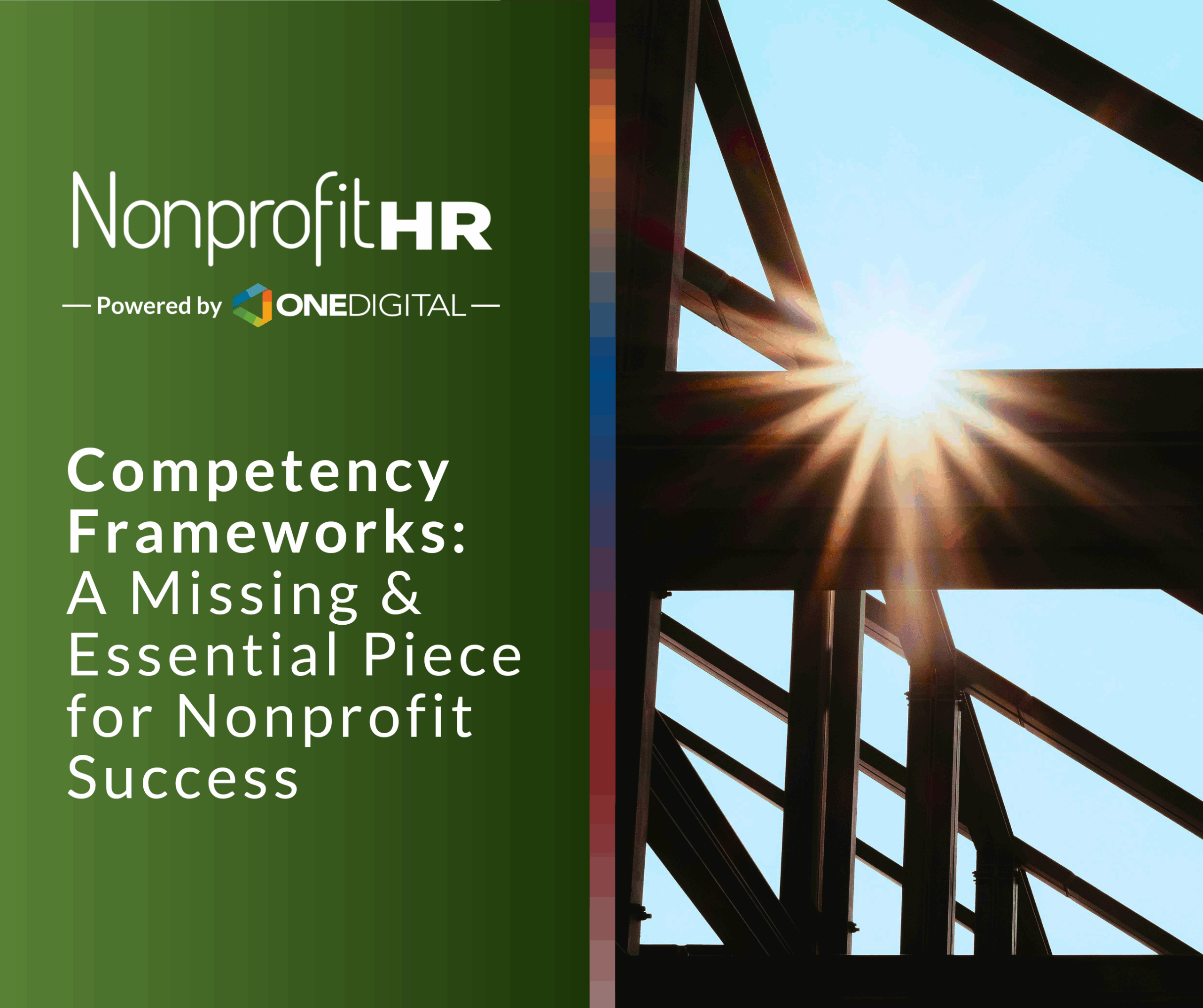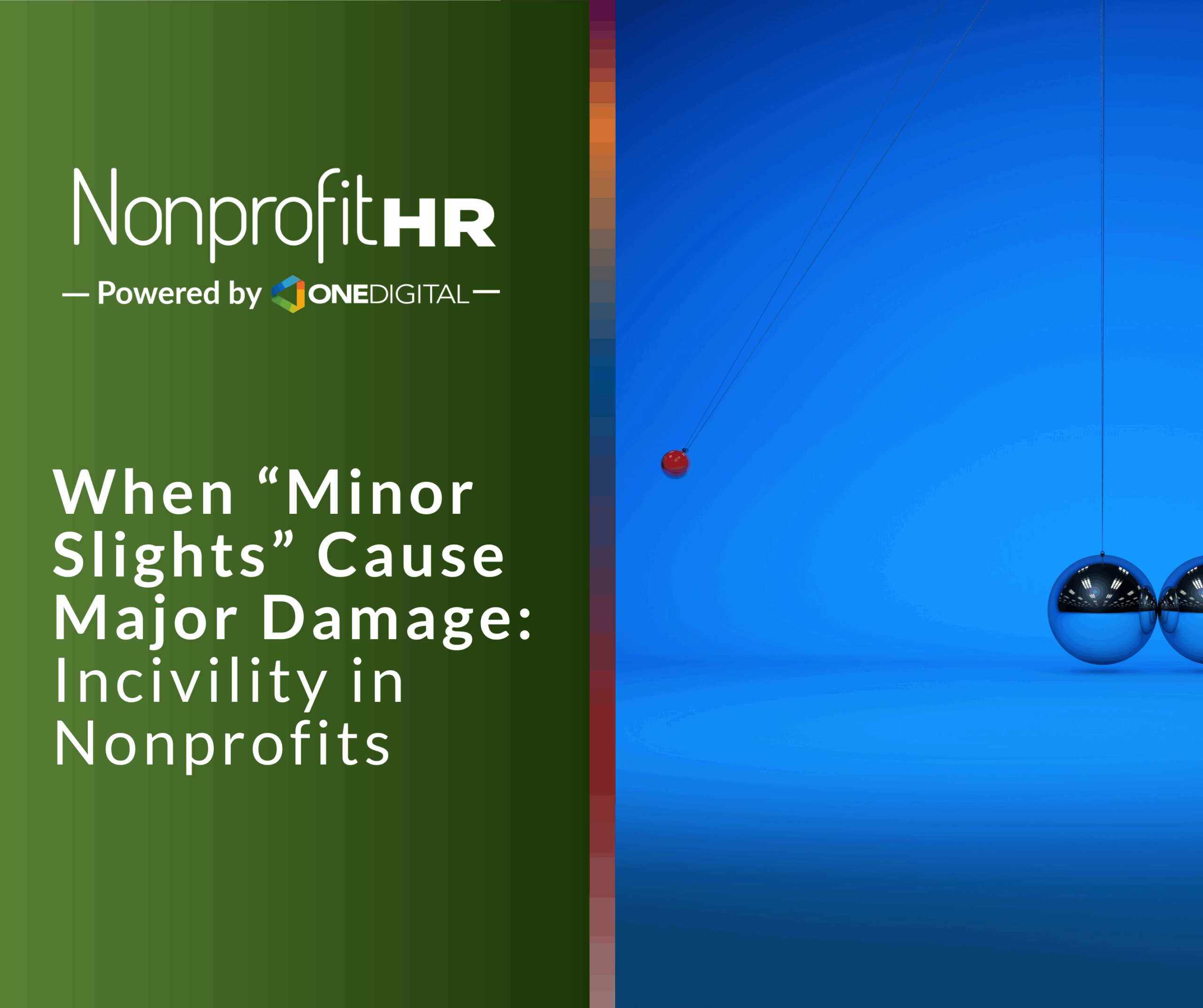WTOP: 5 ways nonprofits can…
A new publication by The Bridgespan Group, Plan A: How Successful Nonprofits Develop Their Future Leaders, offers guidance for nonprofits on how to approach and implement leadership development and succession planning, a discipline that most nonprofit leaders cite as critical to fulfilling their missions, but also flag as their most glaring organizational weakness. In a recent Bridgespan survey of almost 400 nonprofit leaders, only 35% agree that “their organization is highly effective in developing a strong internal and external pipeline of future leaders;” and, of that group, only 6.1% strongly agree.
According to a press release, Bridgespan developed this guide to help nonprofits think differently about leadership development–and to give them practical, affordable ideas to begin building a pipeline of leaders so that leaders are ready to answer the call when a new strategic direction requires new leadership capabilities or transitions are necessary. The three-year blueprint spells out an organization’s evolving leadership needs, identifies future leaders, and details activities to strengthen their leadership muscle–as the linchpin of five linked processes required for successful leadership development.
Each process is described in detail:
- Engaging Your Senior Leaders: Why the CEO or executive director is the organization’s chief talent officer, and how she can engage the board and senior leaders in developing a Plan A and tracking its implementation.
- Understanding Your Future Needs: How to translate strategic direction into the organization’s evolving leadership needs, identify potential future leaders and their development requirements, and develop a plan (Plan A) that lays out the desired future leadership team.
- Developing Your Future Leaders: How to identify specific development needs of future leaders and the design activities that will build specific leadership muscle, following the 70-20-10 model (70 percent on-the-job experience, supported by 20 percent mentoring and coaching and 10 percent formal training).
- Hiring Externally to Fill Gaps: How to conduct an external search for leaders to plug any gaps in your Plan A, and successfully on-board new hires and integrate them into the culture.
- Monitoring and Improving Practices: How to track the implementation of leadership development processes, and identify and take action to improve performance.
For more about Bridgespan’s publication click here.





























